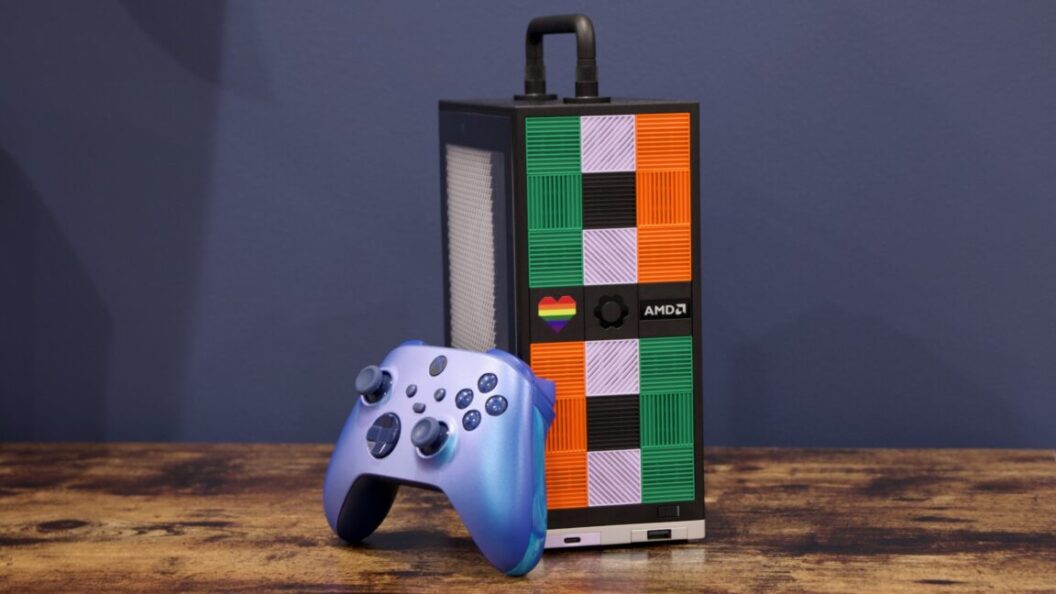Overview of the Framework Desktop Performance Evaluation
The Framework Desktop has been making headlines for its modular design and high-performance components, challenging traditional desktop configurations. This article summarizes the key findings from a recent performance evaluation comparing the Framework Desktop against other compact and full-size systems, highlighting its capabilities, configurations, and performance metrics.
Comparative Analysis of Performance
In a thorough analysis, the Framework Desktop was tested against other PCs, including a compact PC equipped with a Ryzen 7 8700G processor on a Gigabyte B650I Aorus Ultra mini ITX motherboard and a couple of Mac models, the M4 Pro Mac mini and M4 Max Mac Studio. The focus was on understanding how the Framework Desktop’s performance stacks up in various scenarios, particularly in gaming and multitasking.
Benchmarking Test Results
Using two setups for benchmarking—one for dedicated GPU performance and another for integrated performance—the testing revealed important insights. The benchmarks showed that while the Framework Desktop holds its ground against compact counterparts, it struggles in extreme multi-core tasks. Notably, the integrated GPUs were tested in conjunction with their respective CPUs, allowing for a holistic view of performance across different applications.
Configuration Specifications
The highest-end Framework Desktop model tested featured a 16-core Ryzen AI Max+395 processor, 40 graphics cores, and 128GB of RAM. Priced at $1,999, this model aimed to provide top-tier functionality. Another configuration, priced at $1,599, offered the same core capabilities but with 64GB of RAM. Both configurations boast impressive specifications, using Zen 5 architecture cores, contributing to solid performance metrics in day-to-day tasks.
Power Consumption and Thermal Management
One significant concern raised during testing is the thermal performance and power consumption of the Framework Desktop. With a total thermal design power (TDP) limited to 120 watts, the device demonstrated some throttling under intense multi-core workloads. For instance, during rigorous system tests utilizing Handbrake, CPU temperatures spiked to around 100 degrees Celsius, maintaining high temperature levels throughout the test durations. In contrast, competing models, like the Ryzen 9 9950X, have higher power thresholds but can maintain better thermal performance at 170W.
Performance Challenges
The overheating observed suggests that while the Framework Desktop is equipped for demanding scenarios, its power limitations may hinder peak performance, particularly in multi-threaded applications. This aspect could be a determining factor for users planning to utilize the device for intensive tasks such as video rendering or complex computational tasks.
User Customization and Community Support
One of the standout features of the Framework Desktop is its commitment to modularity. Framework has released basic templates for creating custom panels and tiles with 3D printers, inviting users to personalize and enhance their systems further. Such initiatives not only foster community engagement but also suggest a future where customization in tech products becomes the norm, catering to diverse user preferences.
Conclusion: The Future of Modular Desktops
The Framework Desktop represents a significant evolution in desktop computing, blending modularity with strong performance capabilities. Although it faces challenges regarding thermal management and peak performance under heavy workloads, its customizable nature and competitive specs position it as a worthy contender within the compact desktop market.
As technology evolves, the emphasis on modular and user-friendly configurations like the Framework Desktop may reshape user expectations and experiences in desktop computing. This shift could lead to a broader adoption of customizable systems, as consumers seek more control over their hardware specifications and longevity. The implications for both the market and consumers are profound, hinting at a future driven by personalization and performance.









